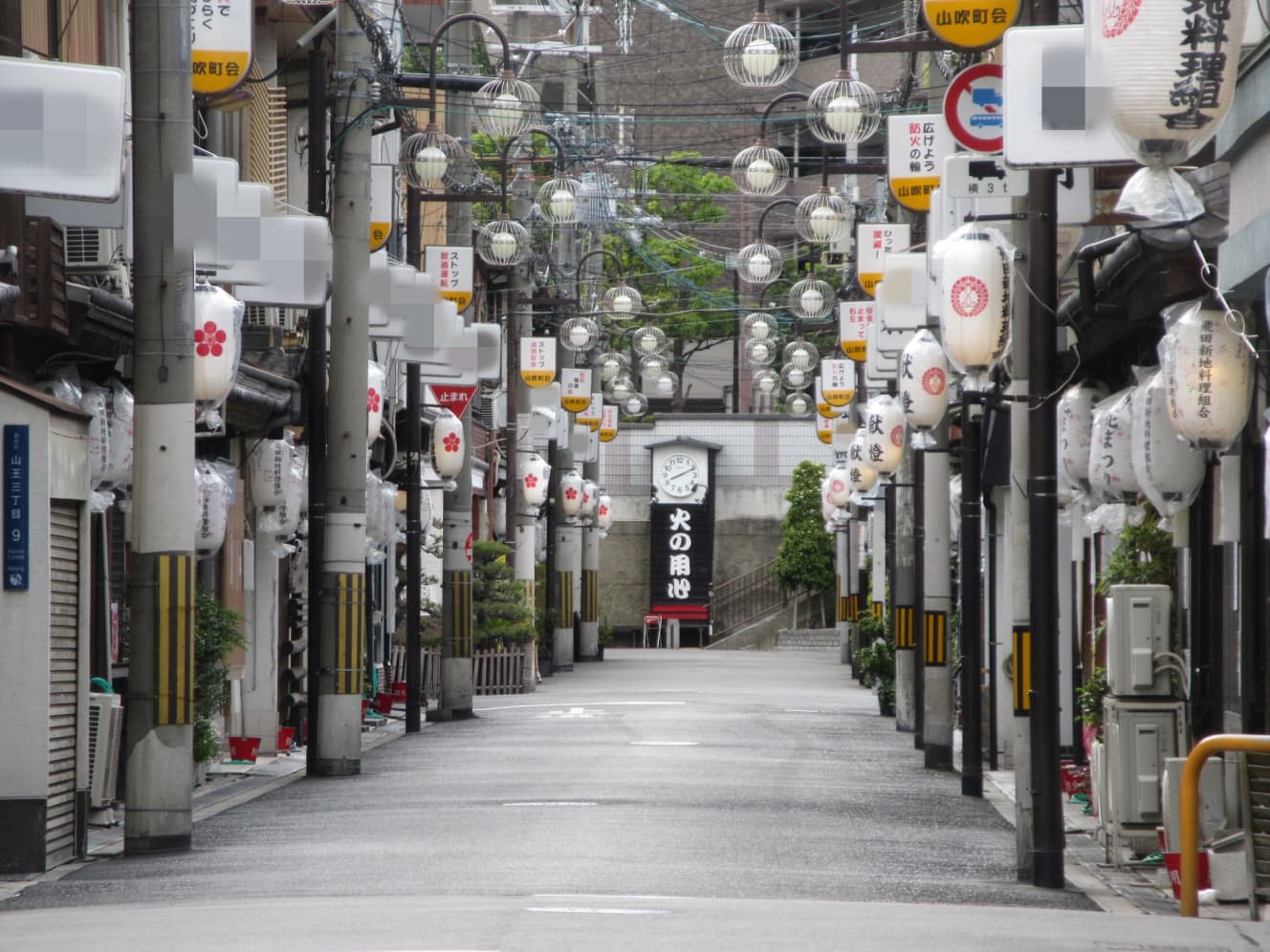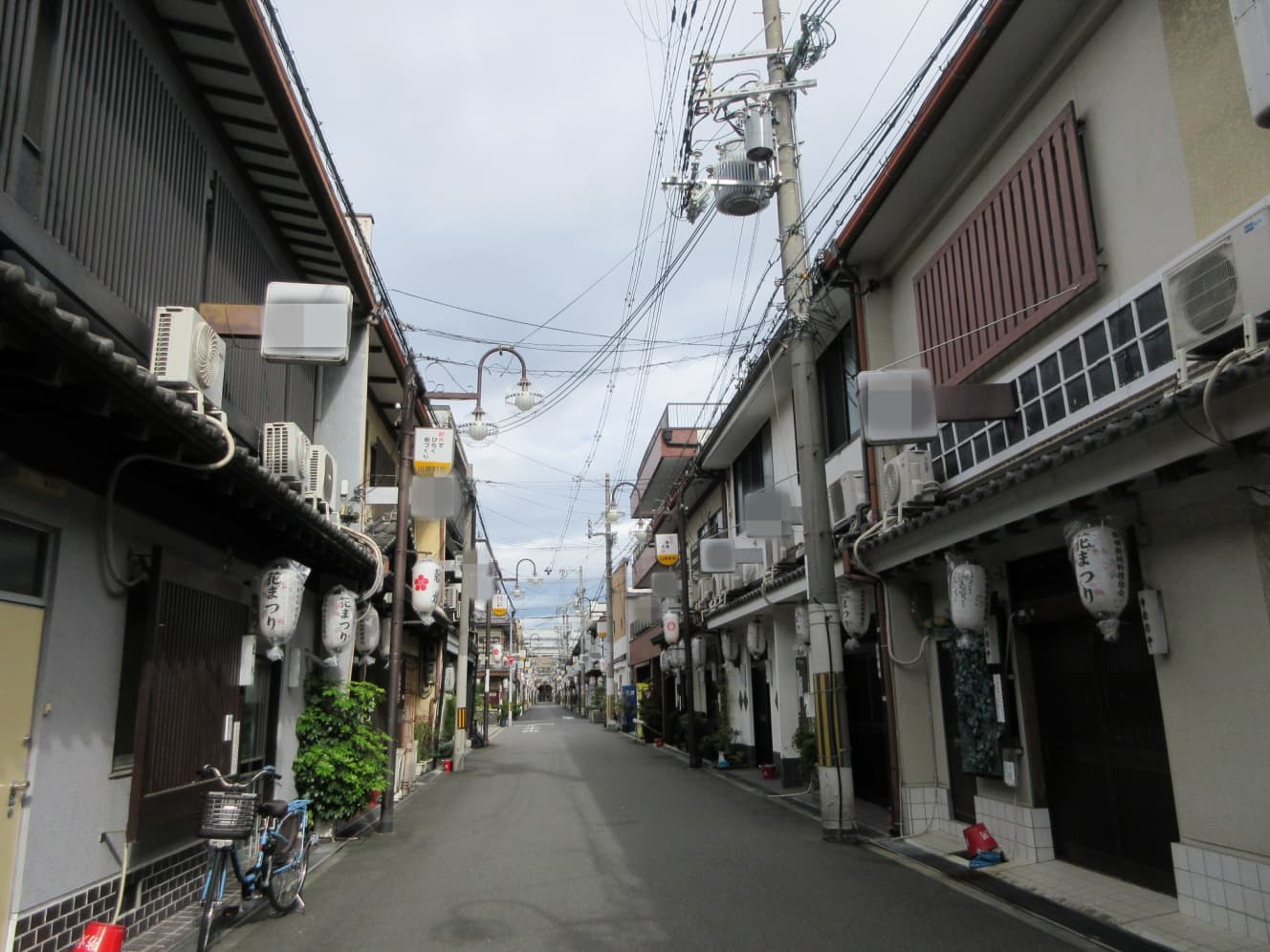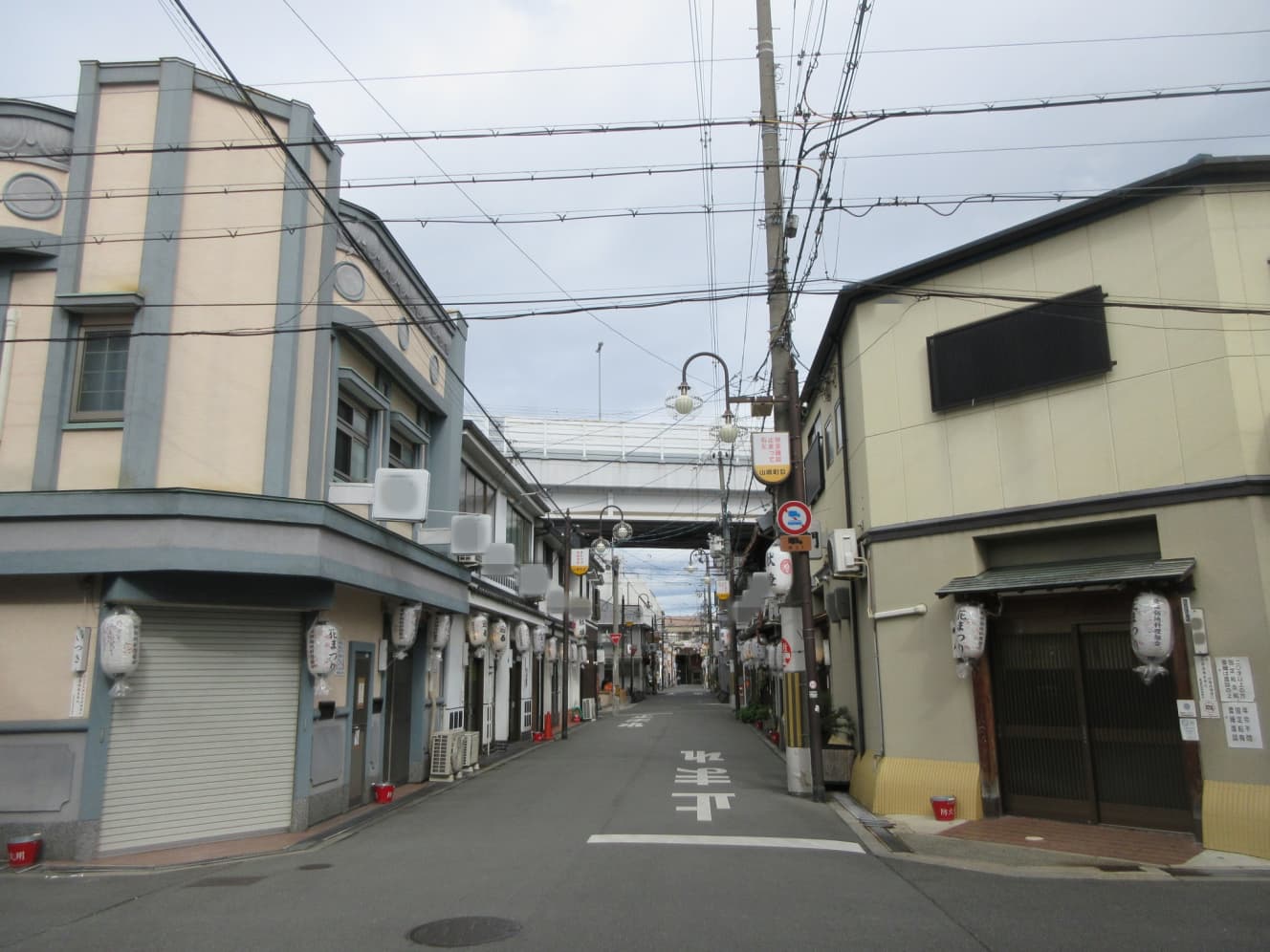Walking in Tobita Shinchi 2: Day and Night on the Main Street] Soak in hot water in Tobita and be enchanted by the mysterious glimmer of Shinchi in the evening.
This is a sequel to “How to Walk in Tobita Shinchi,” which appeared in “FRIDAY GOLD” on April 25. Akira Ikoma, former editor-in-chief of the “Ore no Tabi” series of adult entertainment magazines, visited the Shinchi again, this time to observe the most glamorous “main street” from morning to night, and to introduce some “hidden gems” to be visited.
Soak in a public bath near Shinchi after a day of fun!
There are many public bathhouses around Tobita Shinchi. In the olden days, yukaku, or players, used to take a bath before playing with girls and soak in hot water after playing with girls as well. To avoid being disliked by girls, they washed their bodies before going out to play, and after playing, they went to a bathhouse to wash off their sweat. Public bathhouses were also a place for men who played in Tobita to exchange information.
I walked around Tobita and found four: “Furoya Sanwa,” “Mansoryu,” “Hinodeyu,” and “Wako Bathhouse. The bathing fee is a flat rate of 520 yen. Rental towels, shampoo, and soap are available for a fee, but they are inexpensive, starting at 20 yen.
I took a bath at “Furoya Sanwa” on the west side of Daimon Street. We entered around 7 pm. There are “hot” and “lukewarm” baths, as well as an electric bath, a health bath (on this day it was a salt bath), and a water bath. Hair dryers are available for a fee of 20 yen per 3 minutes. The changing area and bathrooms are spacious. There are only a few elderly locals among the customers. There were no visitors who seemed to be tourists in Tobita. The atmosphere is laid-back and very cozy, just like downtown.
Taking a bath right after a sex play is very pleasant. It resets your body and mind and makes you feel at ease. The sense of release from the tense time and space spent with sex workers increases, and you feel relieved. You should take a bath after playing in Tobita. It will not only double the exhilaration of your fun, but also make your trip more memorable.
Cheap hotels are a popular attraction in Nishinari-ku, where Tobita-shinchi is located. The market price is about 2,000 to 3,000 yen per night. This is still a low enough price, but some hotels charge as little as 850 yen, 980 yen, or 1,100 yen per night.
This time, I stayed at a business hotel for 1,800 yen per night. It was the first time in my life that I stayed at an inn under 2,000 yen per night, but it was more comfortable than I had expected. It was a clean 3-mat Western-style room with a TV and air conditioner. It is sufficient only for sleeping. Because of its good cost performance and suitability for long-term stays, many of the guests were foreign travelers. A young Spanish-speaking blond couple, a Filipino man wearing glasses, and two fat young Chinese women in mini-skirts were among them. There is also a hotel in this neighborhood where girls who work in Tobita Shinchi as migrant workers stay for long periods of time.
The hotel staff told me that on weekdays, half of the guests are Japanese and half are foreigners, and on weekends, the number of Japanese guests increases. The Japanese guests were worker-looking old men.
Around 9:00 a.m., I crossed the “Sakaisuji” and entered Kamagasaki. Just across the street, there were no more foreign visitors to Japan or Japanese tourists, but only middle-aged men who looked like local laborers. There are super cheap soba noodle stores, izakayas (Japanese-style pubs) that are open from morning and thriving, and vending machines selling canned coffee and canned juice for as little as 50 yen.
On a blue wall in the middle of the Tobita main street, there is a sign that reads, “Everyone makes a mistake or two at one time or another. The mood in this “town of day laborers” is sad and lonely, with no family atmosphere, but there is something comforting about it. It was as if the town was silently sending a message, “Life is tough, but sometimes it’s good, and things will work out.
Tobita Shinchi, Main Street Evening – Night
Beautiful. In the evening, during the “Omagatoki” period, when people used to believe that they would encounter demons, the main street is unbelievably beautiful. The dim twilight sky, which marks the transition between day and night, adds to the street’s luster. It is a little after 6:30 p.m. as I stand in front of the clock tower and gaze straight ahead at Main Street. Symmetrical buildings, shining streetlights, ryotei (Japanese-style restaurants) signs and lanterns, and a bewitching pale pink light leaking from the entrance. The men walking happily amplify the street’s brightness. It is truly a “paradise of this world” or “paradise street.
The girls’ costumes are full of cosplay. Flower-patterned oiran costumes. Sexy office worker-style suits with red-rimmed glasses. Sleeveless basketball uniforms. There is a girl wearing a blue cap of the Los Angeles Dodgers of the Major League Baseball with “LA” on it, and another girl in a blue uniform of the Dodgers. Newcomers abounded. Occasionally, a lady would come out on the street to check on the appearance of a girl who had just sat down on a stile and rail.
She is a girl who has a lot of friends,” she said. She rarely comes here. She just came and sat down. Please come this way. She talks a lot. Many of the children in Tobita don’t talk, but this one is different.
She’s different. This lady is the one who “talks a lot.
The restaurant is bustling with customers, one after another. Compared to the daytime, the number of group visitors has increased dramatically. A group of four young men with blond and brown hair, who looked like hosts, took a cab to the bottom of the elevated railway tracks and entered the main street. There were other groups that took cabs as well. I thought it was “cool” and “chic. The rest area under the elevated railway tracks was also very crowded. Young people smoking cigarettes, middle-aged men playing with their smartphones, and foreigners chatting with their friends. The multiracial crowd is the same as during the daytime: Japanese, Chinese, Koreans, Caucasians from Europe and the United States, Arabs, and others. The foreigners range in age from young people to senior citizens. The number of people varies, from singles to threesomes.
At 9:30 p.m., I walk down the street to check out the ryotei. A girl in a white yukata with a pink pattern and a dark blue cowboy hat is very cute. Some of the girls were sitting at an angle instead of facing forward. When we reached the “middle” (the center of the main street), I was surprised to see two girls hiding their faces with Uchiwas. I found out later that they do this to prevent voyeurism when cars drive by. By the way, just before I passed by, a minivan with smoked film on its windows drove by. They sometimes cover their faces with a fan even when they are clearly “chilling,” such as when a female passerby is passing by.
Around 11:50 a.m., a girl’s voice could be heard coming from a ryotei restaurant just before closing time, “Today, there are a lot of ‘chiyakashi’ ( people who just want to chill out). There are customers, but they don’t always play. At 5:05 a.m., a girl leaving for work comes out of the kitchen door of the ryotei. A cab comes to pick them up in front of the restaurant, and the two girls get in together. Thus ends a day on Main Street.
What I felt from my fixed-point observation of Main Street this time is that for male customers, it is a “festival place” from morning to late at night. For the girls and ladies who work here, it is an everyday place, but for the men who come here to play, it is an “extraordinary” place itself. It is a “dream world” and a place where the “energy” that has built up in daily life is exploded. The main street of Tobita is valuable to customers just by being there. The main street of Tobita is worth it not only when you are there, but also during the time it takes you to get there.
My best time of day is around 5 to 7 pm. This is the time when day and night change, the “aima-ga-jikan”. I encourage you to sit on one of the benches by the clock tower on the east side of the street and enjoy the view of the main street in the evening. You will be enchanted by the tasteful sight of the old brothels. After that, take your time and walk down the street. You will encounter many “bewitching demons.
Click here for Part 1: “How to Walk in Tobita Shinchi,” a thorough guide to Japan’s most glamorous entertainment district, which attracts men from all over the world.
Interview and text: Akira Ikoma
Pen name is Master Ikoma. He is the former editor-in-chief of the "Ore no Tabi" series of entertainment magazines. With a motto of thorough on-the-spot reporting, he has completely explored all the entertainment districts in Japan. As a freelance editorial reporter, he continues "Ore no Tabi" through articles in magazines and websites and his own SNS. He is the co-author of "A Modern History of Fuzoku" and "Reporto Nihon no Iikai Chizu" (co-author).







